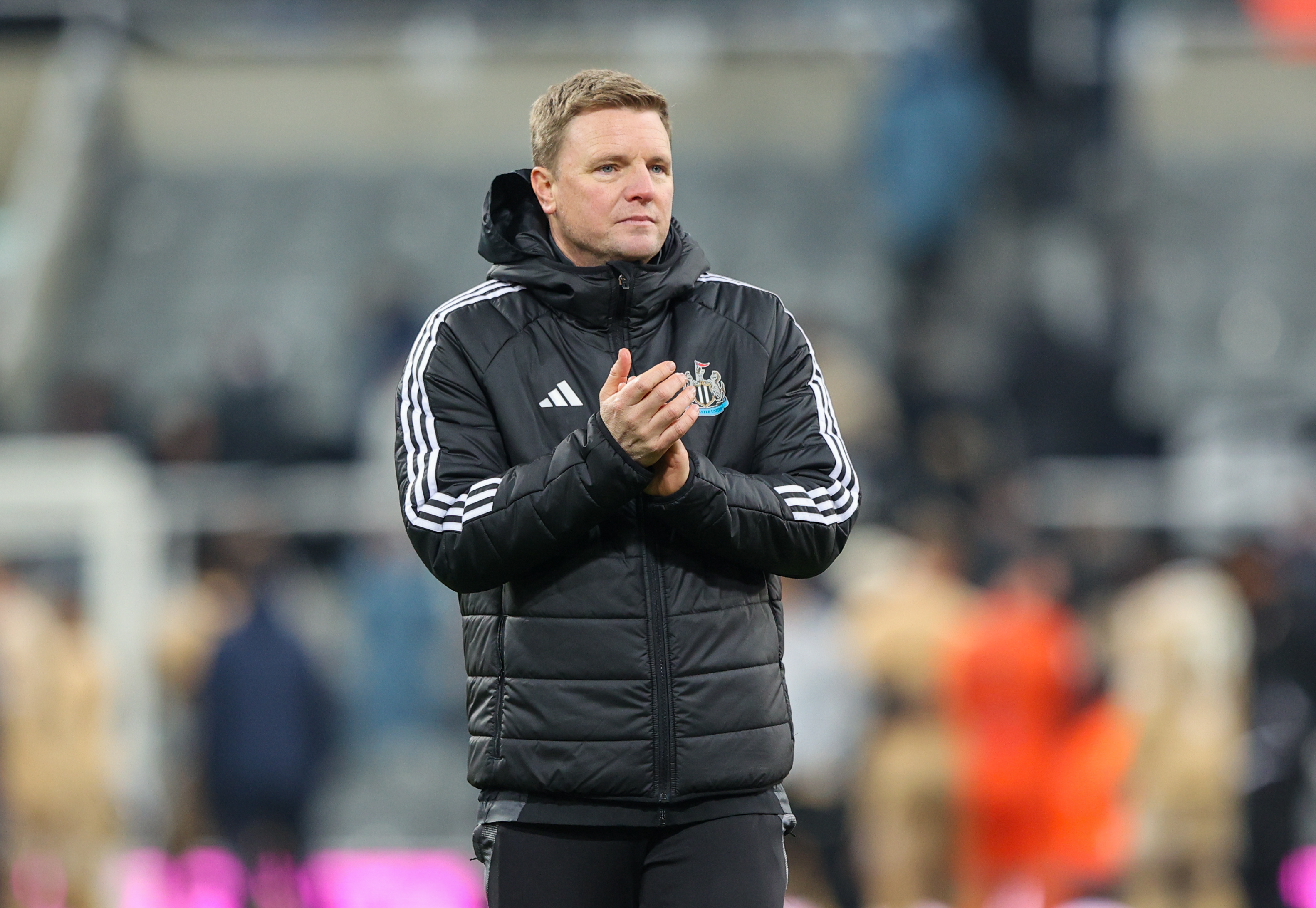No, Henry doesn't mean it's NASL 2.0
Thierry Henry, Nery Castillo, Blaise N'Kufo, Alvaro Fernandez and soon Rafa Marquez â all Designated Players signed up by MLS clubs during this new age of big spending and big splashes.
Some will make major differences for their teams both on the field and in the stands, while hopefully raising the level of play across the league. The summer of 2010 is quickly becoming the most notable period in league history, at least in terms of player acquisition.
At a quick glance, it might look like MLS is headed down the NASL path with gusto. The DP rule promotes big signings and increased payrolls, an odd thing for a league that operates on the margins of American sports without considerable revenues. Just as it did in the 1980s, an arms race could conceivably bankrupt American soccer.
Except things are much different this time around. The rules explicitly prevent any team from turning themselves into a Cosmos-style superclub; three high-profile players don't necessarily make for puddles of red ink, especially if the club plays in a proper stadium with stable ownership in place. The Red Bulls, for all their summer spending, are hardly stressing their corporate owners' pocketbooks.
Love or hate the way MLS operates, the structure provides a safety net that did not exist in the Go Go 70s. Single-entity is a dirty phrase from a sweetness-and-light-let's-be-like-Europe perspective, but it gives the league's owners and fans the confidence to move forward without fear that everything will go belly-up in short order. MLS hasn't crested the proverbial hill quite yet, but it's getting there. Sharing the burden helps.
But it's not just the financial factors that will keep MLS from turning into NASL 2.0. A commitment to developing young talent, something the NASL never bothered itself with, balances out the big names and big money. Academy programs are beginning to bear talented fruit, balancing out the "retirement league" image created by the signings of players like Henry and Beckham.
Ask any MLS fan who knows and they'll tell you that the league is finally beginning to show a commitment to producing players rather than simply acquiring them. As with anything the league does, progress is excruciating; but movement is movement, no matter how much the league limits the number of academy graduates allowed per year.
Get FourFourTwo Newsletter
The best features, fun and footballing quizzes, straight to your inbox every week.
While names like Thierry Henry and Rafa Marquez will make the biggest splashes and garner the most mainstream attention, names like Andy Najar, Tristen Bowen and Francisco Navas Cobo are equally as important to the future of Major League Soccer. Perhaps more so. Churning out young players could eventually turn into a financial windfall, bringing transfer fees into the league's coffers and bolstering the ability of teams to sign quality players younger than the thirtysomething stars it currently attracts.
The perception problem that afflicts MLS, both internationally and domestically, won't be corrected overnight. It won't be significantly changed by the signing of one French striker or the acquisition of any one player, no matter their pedigree and reputation. It will be changed slowly, over time, through the continued development of the league into a full participant in the world of football. During a different era and under different rules, the NASL was simply not able to participate or not interested in doing so; Major League Soccer is not the NASL.
It's the balance of big signings to homegrown talent that is crucial to turning MLS into a established and respected league on the world stage. Years and perhaps decades away from competing on level terms with Mexico and Europe for players, the impetus to turn the academy system into a legitimate producer of professional-ready talent is real and pressing.
It took years to get there, but Major League Soccer is finally taking the first real steps down a path NASL never intended to travel; that, without a question, is the best evidence that the former will not suffer the fate of the latter.
Indications are that MLS is on the verge of restarting the reserve league.
Combined with a burgeoning academy system, the league now stands on the dawn of a new age that has little to do with the influx of high-priced superstars.
The Real American Football homeMore features from FFT.com
USA: News * MLS stats
FFT.com: Features * News * Interviews * Home
Interact: Twitter * Facebook * Forums
